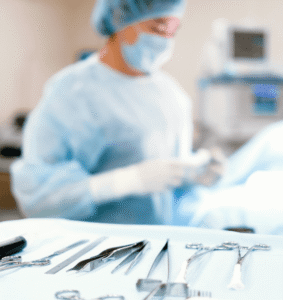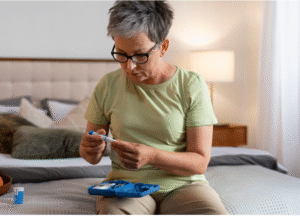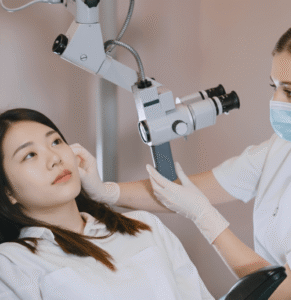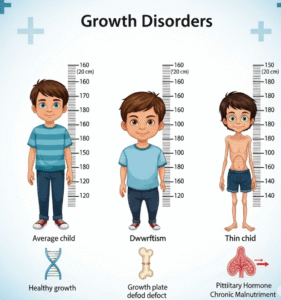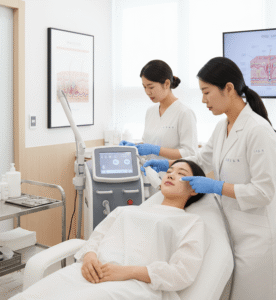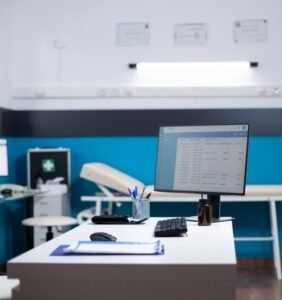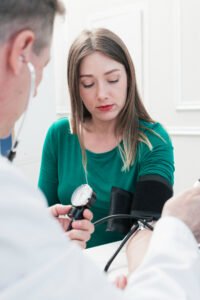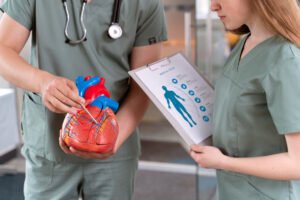What It Is
Fat grafting to the irradiated breast is a reconstructive procedure that uses the patient’s own fat (autologous fat transfer) to restore softness, improve skin quality, and correct deformities caused by radiation therapy after breast cancer treatment. Radiation often causes stiffness, scarring, volume loss, and poor skin elasticity, which can affect both appearance and comfort.
Fat is harvested from areas such as the abdomen, thighs, or flanks via liposuction, processed, and then carefully injected into the breast tissue. In Korea, surgeons apply refined fat processing methods, microinjection techniques, and regenerative strategies (like stem-cell enriched fat in some cases) to maximize graft survival and improve tissue healing.
Why It’s Done
Patients undergo fat grafting to the irradiated breast because:
- Radiation has caused hardening, scarring, or deformity.
- The skin feels tight, painful, or lacks elasticity.
- They want to improve aesthetic appearance and comfort.
- It can prepare the tissue for future reconstruction with implants or flaps.
Good candidates include:
- Women with prior radiation therapy resulting in breast tissue damage.
- Patients with enough donor fat for harvesting.
- Those seeking natural correction or improvement before or after other reconstruction.
Alternatives
- Implant-based reconstruction: Possible, but riskier in irradiated tissue due to poor healing.
- Autologous flap reconstruction (DIEP, TRAM, latissimus dorsi): Uses the patient’s own tissue but requires more extensive surgery.
- External prosthesis: Non-surgical option for appearance but does not improve tissue quality.
Preparation
Before fat grafting to the irradiated breast in Korea, patients will:
- Have a consultation with imaging and tissue evaluation.
- Stop smoking and alcohol 2–4 weeks before surgery (to improve graft survival).
- Avoid blood-thinning medications and supplements.
- Plan for multiple sessions, as fat grafting may need to be repeated for optimal results.
How It’s Done
- Anesthesia: General anesthesia or sedation with local anesthesia, depending on extent.
- Liposuction: Fat harvested from donor areas like the abdomen, thighs, or flanks.
- Processing: Fat purified using centrifugation or filtration to isolate healthy fat cells.
- Injection: Fat is injected in small, layered amounts into the irradiated breast to maximize survival and integration.
- Duration: 2–4 hours depending on volume and complexity.
Recovery
- First week: Swelling, bruising, and mild soreness at donor and breast sites.
- Return to activities: Light duties in 3–5 days; strenuous activity avoided for 3–4 weeks.
- Final results: Gradual improvement in breast softness, contour, and skin quality within 2–3 months.
Possible Complications
- Partial fat resorption (some fat may not survive).
- Oil cysts or calcifications visible on future imaging.
- Asymmetry or irregular contour requiring repeat sessions.
- Rare risks: infection, fat necrosis, or donor-site contour irregularities.
Treatment Options in Korea
Diagnosis
Korean surgeons use clinical evaluation, ultrasound, MRI, and sometimes 3D imaging to assess radiation damage and plan fat grafting.
Medical Treatments
- Skin care treatments (moisturizers, regenerative therapies, laser therapy) to improve elasticity.
Surgical or Advanced Therapies
- Fat grafting alone for moderate correction.
- Stem-cell or platelet-rich fat grafting (offered in select clinics) for enhanced regenerative effects.
- Hybrid approaches combining fat grafting with implant or flap reconstruction.
- Multiple staged fat grafting sessions to gradually restore volume and tissue health.
Rehabilitation and Support
- Compression garments for donor sites during recovery.
- Scar and skin care to improve irradiated tissue condition.
- Long-term follow-ups to monitor graft survival and breast health.
- International patients benefit from Korea’s expertise in regenerative fat grafting, advanced liposuction technology, and comprehensive aftercare programs.


